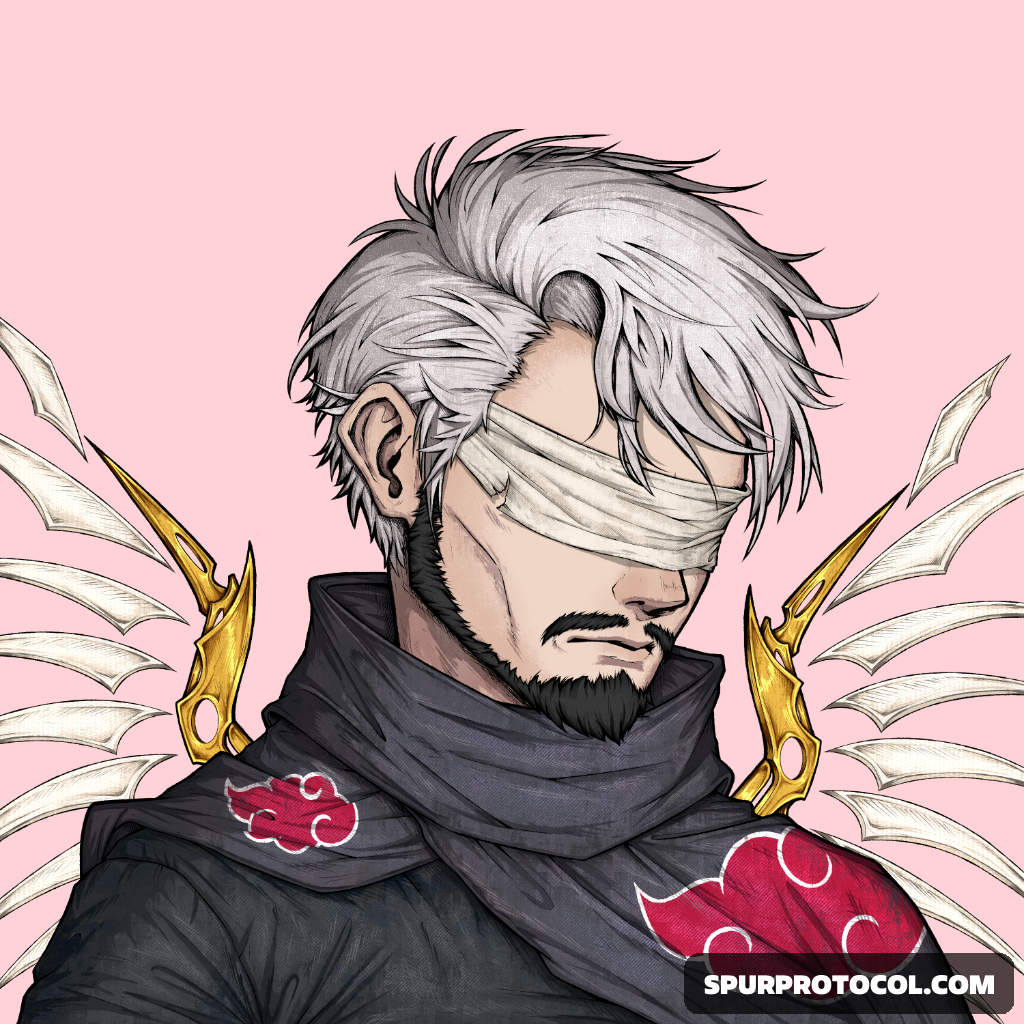THE HISTORY AND ORIGIN OF NFTs
The Origin and History of NFTs
NFTs (Non-Fungible Tokens)
Go Back

🕒 3:31 PM
📅 Jan 25, 2025
✍️ By Jezzon
NFTs (Non-Fungible Tokens) have become a major buzzword in the digital world, but their history dates back over a decade. Here’s how it all began:
1. The Foundation: Blockchain Technology (2008-2012)
NFTs owe their existence to blockchain technology. The launch of Bitcoin in 2008 introduced decentralized ledgers that enabled secure, transparent ownership of digital assets. Ethereum, launched in 2015, played a key role in NFTs' evolution by supporting smart contracts, which allow digital ownership to be tokenized.
2. The First NFT: Colored Coins (2012-2013)
Although not true NFTs, Colored Coins built on the Bitcoin blockchain are considered their precursor. These tokens represented ownership of real-world assets but had limited functionality and struggled with scalability.
3. Birth of the First NFT Platform: Counterparty (2014)
Counterparty was created as a platform to build decentralized assets on the Bitcoin blockchain. It hosted some of the earliest digital art experiments and collectibles, such as "Spells of Genesis" and "Rare Pepes," digital trading cards that gained popularity among niche communities.
4. The Rise of Ethereum and ERC-721 Standard (2017)
Ethereum introduced the ERC-721 standard, specifically designed for non-fungible assets. This marked a major milestone for NFTs, allowing developers to create unique tokens with metadata and trackable ownership.
Notable projects from this era include:
CryptoPunks (June 2017): A collection of 10,000 unique, algorithmically generated characters by Larva Labs.
CryptoKitties (November 2017): A blockchain-based game where players could breed and trade digital cats. This project garnered massive attention, even congesting the Ethereum network due to its popularity.
5. Mainstream Adoption and NFT Boom (2020-2021)
By 2020, NFTs began gaining mainstream attention as artists, celebrities, and brands entered the space. Highlights include:
Beeple’s $69.3M Sale: In March 2021, Beeple sold his digital artwork, Everydays: The First 5000 Days, at a Christie’s auction, marking a turning point for NFTs in the art world.
NBA Top Shot: A platform that allowed fans to buy, sell, and trade officially licensed NBA video highlights as NFTs.
PFP Projects: Collections like Bored Ape Yacht Club and World of Women redefined NFTs by combining art with exclusive community benefits.
6. NFTs Today
NFTs now encompass a wide range of use cases, from digital art and gaming to music, fashion, and real estate. They are transforming industries by enabling decentralized ownership and offering creators new ways to monetize their work.
NFTs have come a long way since their inception, and they continue to evolve, shaping the future of the digital economy.

